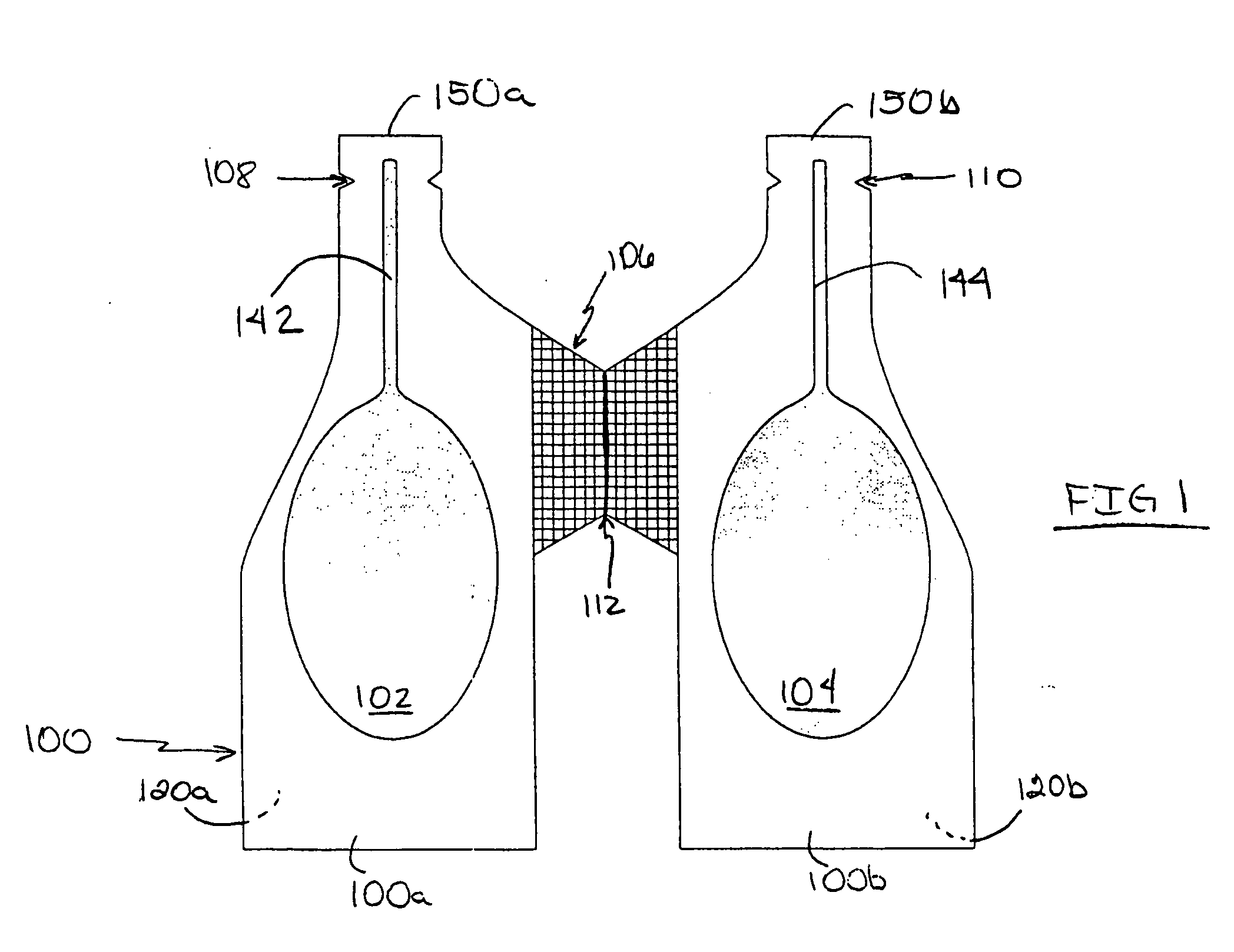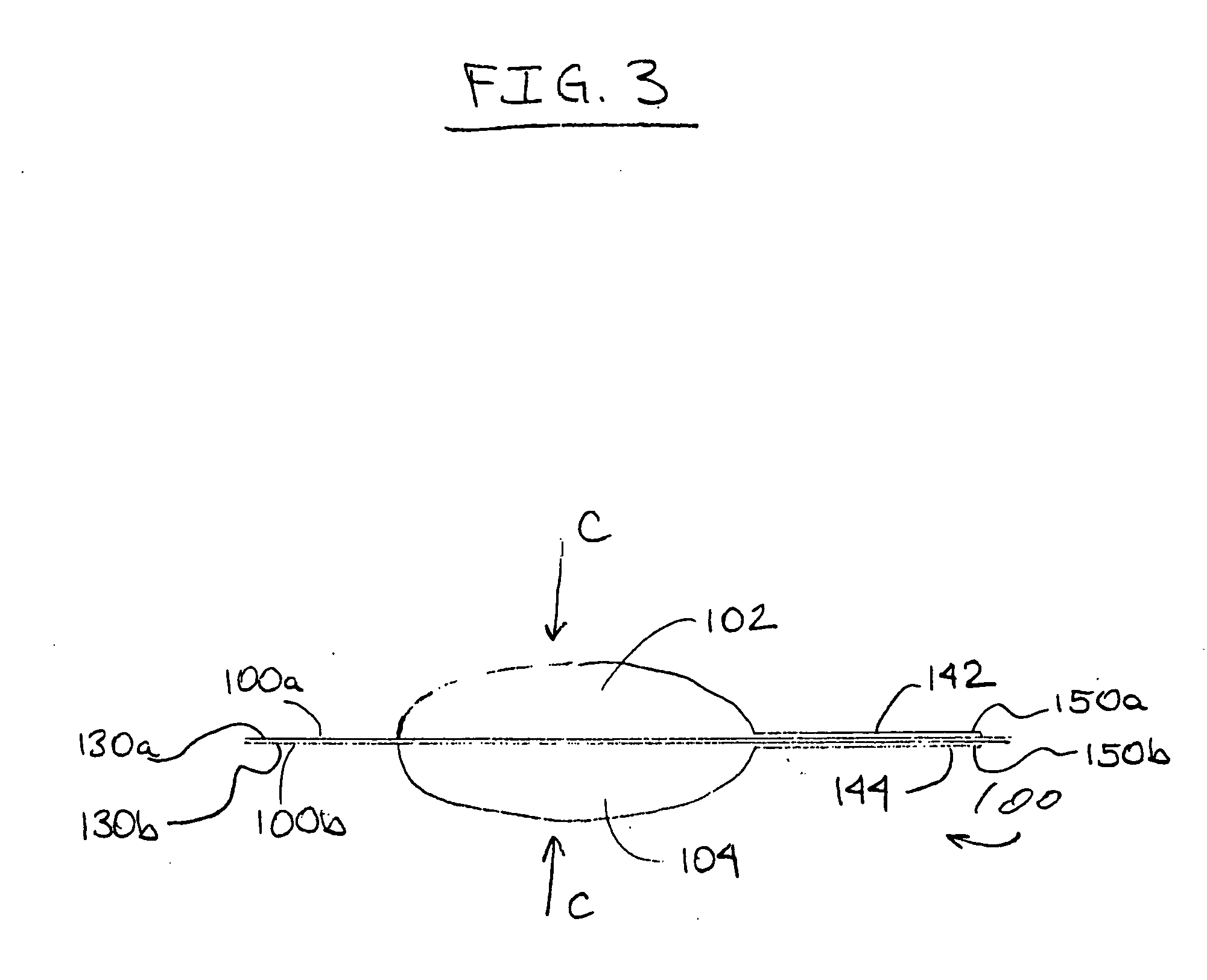High concentration topical insecticides containing pyrethroids
a topical insecticide and high concentration technology, applied in the field of insecticides, can solve the problems of unpleasant smell, high undesirable infestation of animals with fleas, ticks, flies and the like, and avoid many common deleterious side effects, and achieve the effect of safe us
- Summary
- Abstract
- Description
- Claims
- Application Information
AI Technical Summary
Benefits of technology
Problems solved by technology
Method used
Image
Examples
example 1
Preparation of 1-{(tetrahydro-3-furanyl)methyl}-2-nitro-3-methylguanidine (dinotefuran)
[0110] A mixture comprising 10.0 g of (tetrahydro-3-furanyl)methanol, 29.5 g of trifluoromethanesulfonic anhydride, 10.0 g of pyridine and 200 ml of dichloromethane was stirred for an hour at room temperature. Water was poured into the reaction solution to separate the organic layer, which was washed with 1 N hydrochloric acid, water and a saturated saline solution, dried, and concentrated to obtain 20 g of 3-tetrahydro-furanylmethyl triflate. 3.25 g of 60% sodium hydride were added to 12.5 g of 1,5-dimethyl-2-nitroiminohexahydro-1,3,5-triazine and 60 ml of DMF at room temperature, followed by stirring for an hour. 20.0 g of the 3-tetrahydrofuranylmethyl triflate were added thereto, and the mixture was stirred at 50° C. for 2 hours. After cooling the mixture to room temperature, 50 ml of 2N hydrochloric acid were added thereto, followed by stirring at 50° C. for 2 hours. The resultant mixture was...
example 2
Preparation of Insecticide Formulation Containing Dinotefuran and Pyriproxyfen
[0111] 25 g of dinotefuran was added to 100 ml phenyl methanol with stirring until it dissolved. 1 g of pyriproxyfen was added to the solution with stirring to produce a clear, homogeneous solution of high insecticide concentration.
[0112] The resulting solution can be spot applied to companion animals, such as dogs and will kill fleas, ticks and other insects.
example 3
Preparation of Insecticide Formulation Containing Permethrin, Dinotefuran and Pyriproxyfen
[0113] Permethrin (65 g) was added to a clean container. Safflower oil (35 g) was added with stirring until the solution was homogeneous. This solution containing permethrin and safflower oil was added to one of the chambers in the package in the appropriate volume based on the dosage required.
[0114] Pyriproxyfen (1 g) and Mackemium KP (1 g) were added to a clean container, and gently heated until the pyriproxyfen liquefied. Water (27.6 g) was added with stirring, followed by the addition of ethyl lactate (55.4 g). Dinotefuran (15 g) was added and the solution was mixed and heated at 50° C. until the dinotefuran dissolved. The solution was cooled to room temperature and the pH adjusted to 5.5 by the addition of sodium carbonate (0.15 g of a 25% aqueous solution). This solution was added to the other chamber in the package in the appropriate volume based on the dosage required.
PUM
| Property | Measurement | Unit |
|---|---|---|
| volume | aaaaa | aaaaa |
| volume | aaaaa | aaaaa |
| volume | aaaaa | aaaaa |
Abstract
Description
Claims
Application Information
 Login to View More
Login to View More - R&D
- Intellectual Property
- Life Sciences
- Materials
- Tech Scout
- Unparalleled Data Quality
- Higher Quality Content
- 60% Fewer Hallucinations
Browse by: Latest US Patents, China's latest patents, Technical Efficacy Thesaurus, Application Domain, Technology Topic, Popular Technical Reports.
© 2025 PatSnap. All rights reserved.Legal|Privacy policy|Modern Slavery Act Transparency Statement|Sitemap|About US| Contact US: help@patsnap.com



